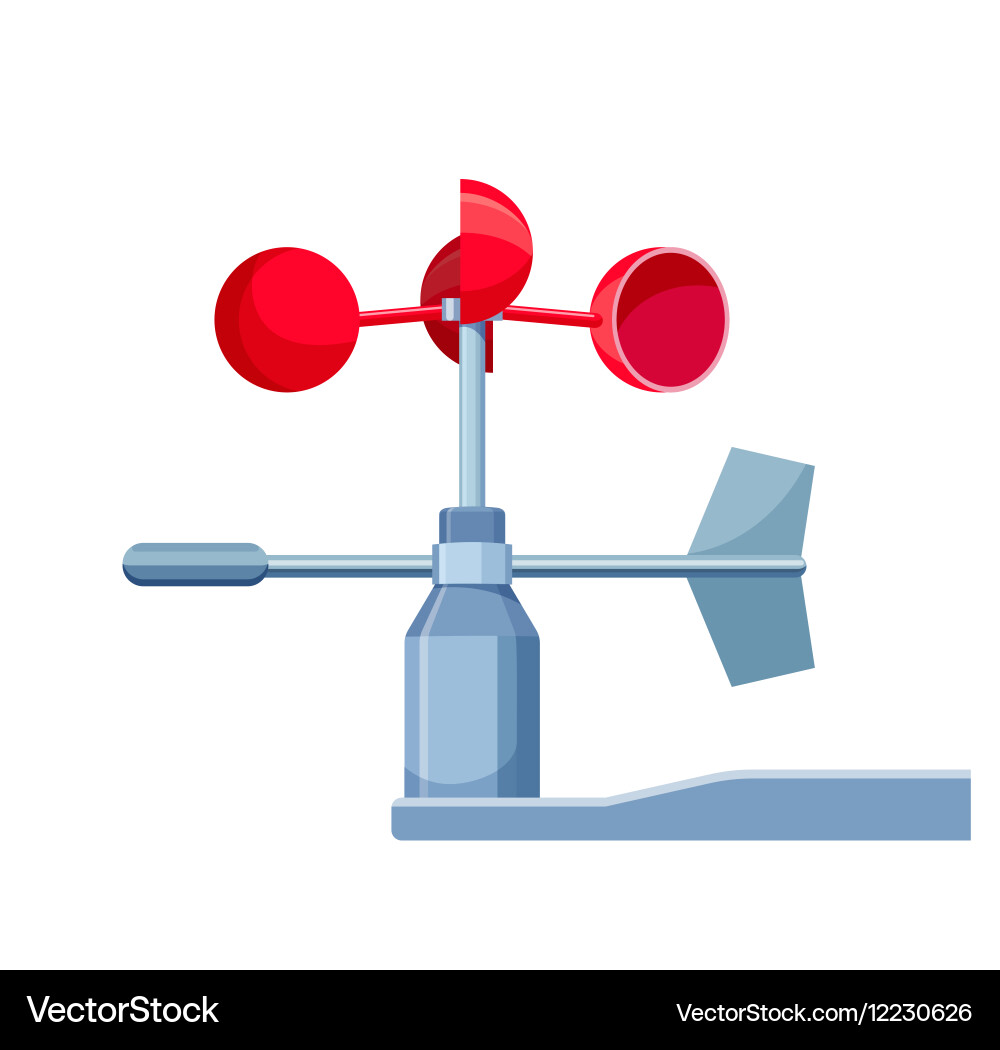Picking the Right Anemometer: A Comprehensive Acquiring Overview
All You Required to Learn About Anemometers: Just How They Work, Why They Issue, and Where to Make use of Them
Anemometers, though commonly overlooked in the realm of scientific tools, play a critical role in various fields, using beneficial understandings right into wind rate and airflow patterns. As we delve into the complexities of anemometer innovation, we will certainly reveal the internal operations of these tools, their relevance, and the crucial factors to consider when picking the right anemometer for specific applications.

Anemometer Fundamentals
A vital instrument used to measure wind rate and instructions, the anemometer plays a vital function in meteorology and various sectors. An anemometer commonly includes three or 4 mugs that turn in the wind, a vane that points right into the wind, and sensors to track the movements or turnings. By determining the rotations or activities over a certain period, the anemometer can determine wind rate. The vane assists determine wind instructions by directing right into the wind, supplying important information for weather condition forecasting, aeronautics, maritime operations, ecological tracking, and wind energy applications.
There are different types of anemometers readily available, including cup anemometers, vane anemometers, hot-wire anemometers, and sonic anemometers, each with its special attributes and applications. Mug anemometers are typically utilized for standard wind rate measurements, while vane anemometers are chosen for directional measurements.
Concepts of Anemometer Procedure
Structure on the foundational understanding of anemometer basics, the principles of anemometer operation illuminate the auto mechanics behind wind rate and instructions dimensions. Anemometers run on the concept of air movement influencing a sensing unit, causing it to rotate. Cup anemometers, as an example, have three or even more mugs that record the wind, triggering them to spin quicker as the wind speed boosts. The rotation speed is then exchanged a wind rate dimension. Vane anemometers, on the various other hand, utilize a tail or a probe that aligns itself with the wind direction, offering a measurement of wind direction based on the positioning of the sensor. Hot-wire anemometers rely on a warmed wire that cools as wind passes over it, with the price of cooling down establishing the wind rate. Ultrasonic anemometers action wind rate and instructions by examining the time it takes for ultrasonic signals to take a trip in between transducers. Comprehending these principles is important for accurate and dependable wind dimensions in various applications.
Importance of Anemometers
Anemometers play a crucial role in measuring wind speed and direction, providing vital data for weather forecasting, climate studies, ecological monitoring, and aeronautics operations. Meteorologists depend on anemometers to collect precise wind information, assisting them comprehend climate patterns, anticipate storms, and issue prompt warnings to the public. Wind farm operators use anemometers to evaluate wind problems and make the most of electrical energy manufacturing from wind turbines.
Applications Throughout Different Industries
In the eco-friendly power market, anemometers play a crucial role in assessing wind problems for wind ranch positionings, making sure ideal energy production. Industries like building and mining utilize anemometers to monitor wind speeds, crucial for safety protocols, especially when working at elevations or in open-pit mines where solid winds can pose threats. In farming, anemometers help farmers in handling plant splashing by supplying real-time information on wind rate to avoid drift.

Selecting the Right Anemometer for Your Requirements
For general objectives, a mug anemometer is ideal a knockout post for gauging wind speed, while a vane anemometer offers wind direction data. Hot-wire anemometers are ideal for low airspeed measurements, and ultrasonic anemometers provide high accuracy and durability.

Verdict
In verdict, anemometers play a vital duty in measuring wind rate and direction across different sectors. It is important to think about the significance of anemometers in order to make informed decisions when choosing the most appropriate gadget for gauging wind conditions.
There are various types of anemometers readily available, including mug anemometers, vane anemometers, hot-wire anemometers, and sonic anemometers, each with its one-of-a-kind features and applications. Cup anemometers are typically made use of for basic wind speed measurements, while vane anemometers are liked for directional dimensions. Hot-wire anemometers are ideal for low airspeeds, and sonic anemometers are perfect for high-precision measurements in research and industrial settings.Building on the fundamental understanding of anemometer essentials, the principles of anemometer operation illuminate the auto mechanics behind wind rate and direction measurements. For general functions, a cup anemometer is appropriate for gauging wind rate, while a vane anemometer provides wind instructions information.